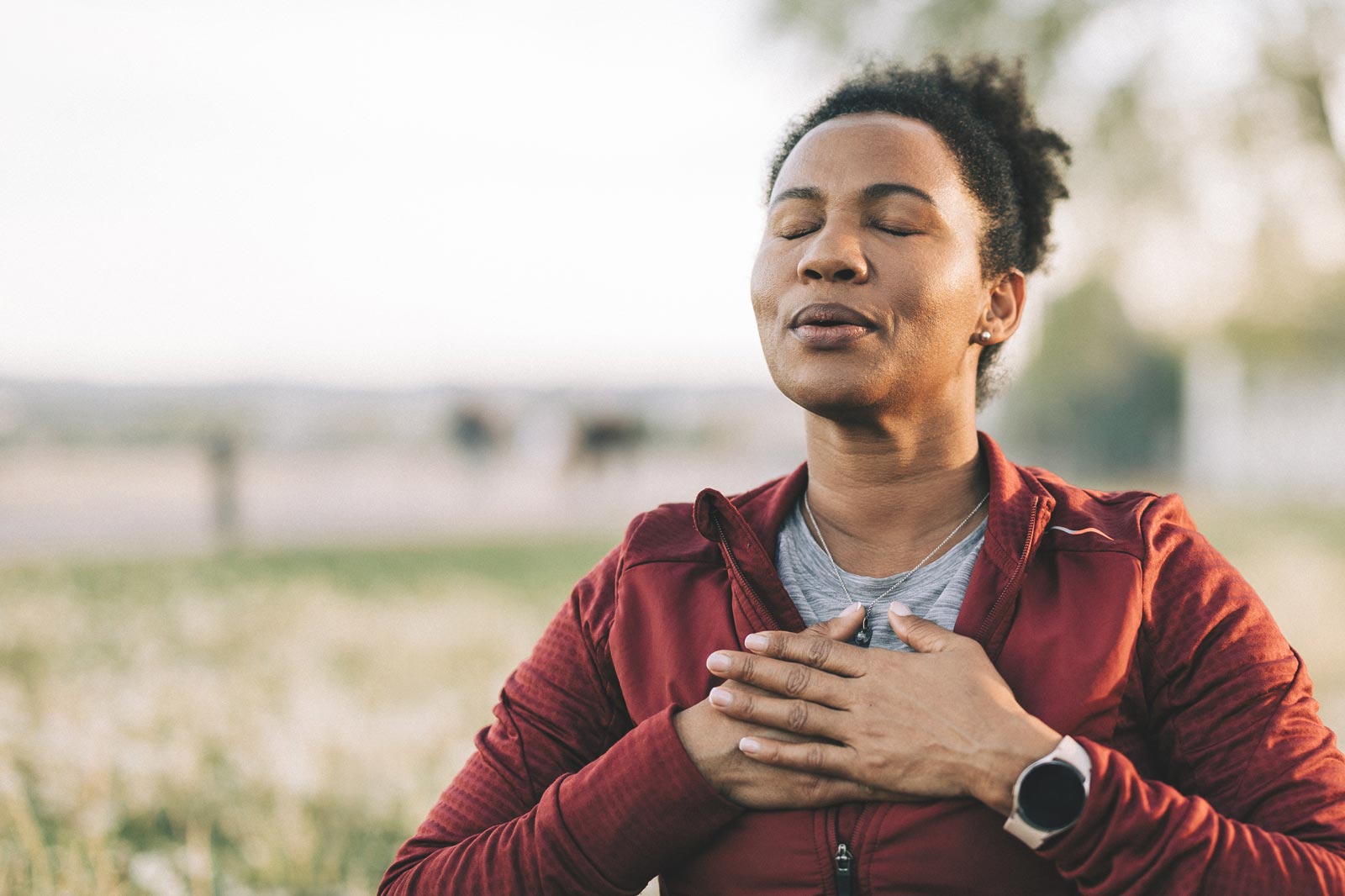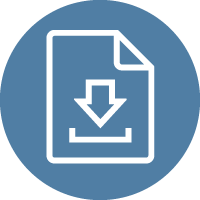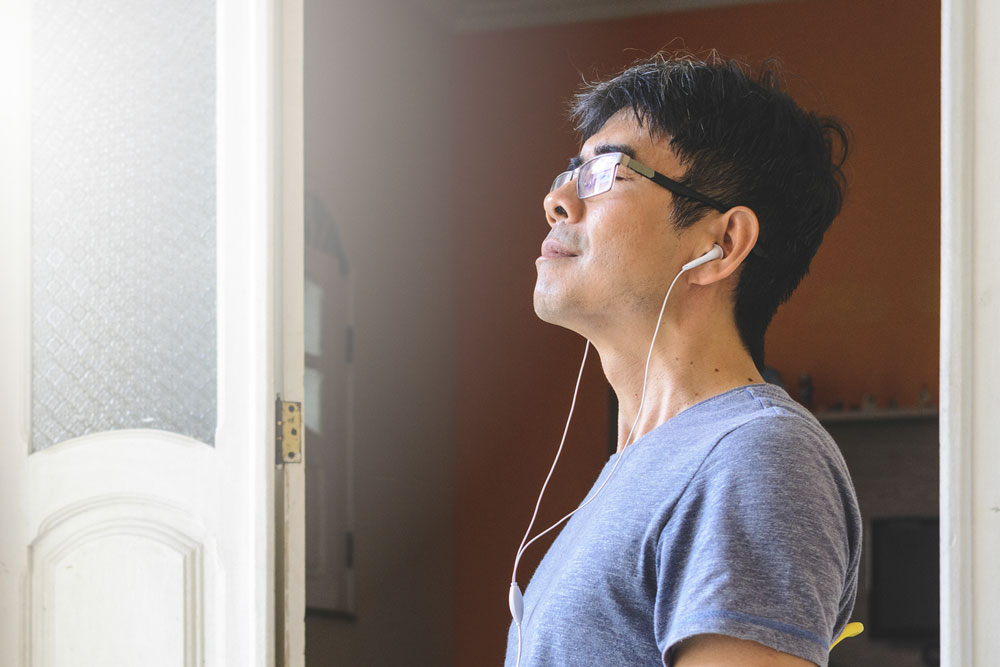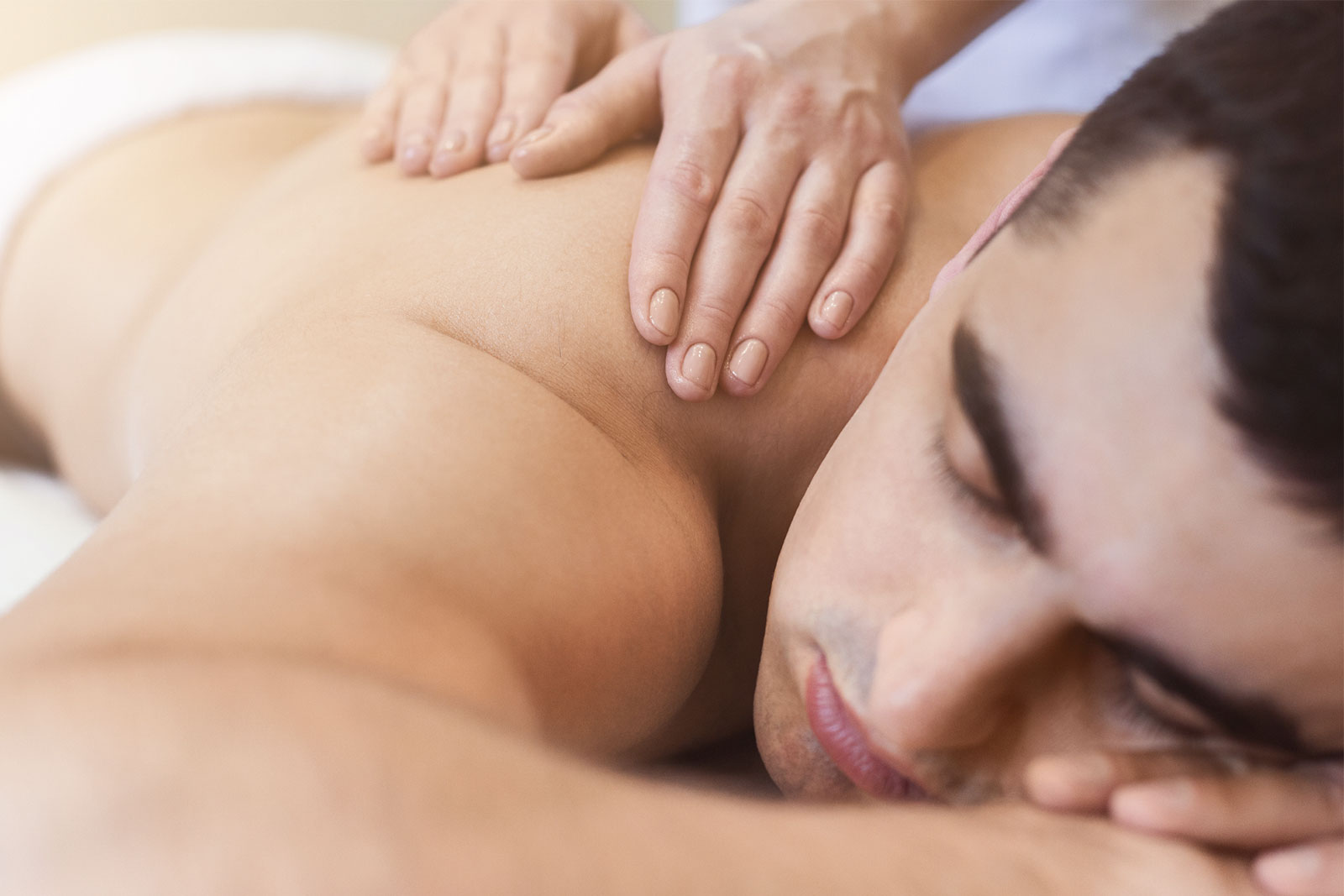
Patient Educational Resources
Breathing Techniques for Relaxation: A Guide for Calmness and Well-being
In the hustle and bustle of daily life, stress and tension can build up, affecting both our physical and mental well-being. Controlled breathing exercises have been proven to activate the body’s natural relaxation response, promote emotional well-being, which can result in a host of other physical benefits (such as lowered blood pressure and cortisol production). This article explores various breathing techniques for relaxation, their benefits, how to practice them effectively, and integrating them into your daily routine.
Understanding the Benefits of Breathing Techniques
- Stress Reduction: Deliberate and relaxed breathing patterns can have a calming effect on the nervous system, resulting in physiological effects like lowered blood pressure, slower heart rate, and reduced production of stress hormones like cortisol.
- Improved Mental Clarity: Conscious breathing enhances oxygen flow to the brain, promoting mental clarity, focus, and cognitive function.
- Emotional Regulation: Deep breathing can help regulate emotions, reduce anxiety, and improve mood by calming the mind and promoting a sense of peace.
- Physical Relaxation: Relaxation breathing techniques can reduce muscle tension, lower blood pressure, and alleviate physical symptoms of stress.
Popular Breathing Techniques for Relaxation
Diaphragmatic Breathing (Deep Belly Breathing)
- Technique: Sit or lie down comfortably. Place one hand on your chest and the other on your abdomen. Inhale deeply through your nose, allowing your abdomen to rise (pushing your hand out). Exhale slowly through your mouth or nose, feeling your abdomen fall.
- Benefits: Improves oxygen exchange, promotes relaxation, and reduces tension in the upper body.
Progressive Muscle Relaxation (PMR) with Breathing
- Technique: Starting at the top of the body, inhale deeply while tensing one muscle or muscle group (e.g., brow, then jaw, then shoulders). Hold for a few seconds, then exhale while releasing the tension. Move sequentially through different muscle groups, all the way down to your hands and feet.
- Benefits: Reduces overall muscle tension, promotes relaxation, and improves body awareness.
4-7-8 Breathing
- Technique: Empty the lungs of air completely, then inhale through the nose for 4 seconds. Hold the breath for 7 seconds. Exhale through the mouth for a count of 8 seconds while pursing your lips, as though you’re blowing out a candle. Repeate the cycle up to 4 times.
- Note: If holding your breath for 7 seconds is difficult, you can adjust the 4-7-8 formula to 2, 3.5, and 4 seconds. Keeping the ratio the same is more important than total number of seconds in each cycle.
- Benefits: Reducing anxiety, promoting sleep, managing cravings, reducing anger responses
Practicing Breathing Techniques Effectively
- Find a quiet space: Choose a quiet environment where you can sit or lie down comfortably without distractions.
- Adopt a comfortable posture: Sit or lie down in a comfortable position with your spine straight and shoulders relaxed. Close your eyes if it helps you focus.
- Keep your focus on your breath: If your mind starts wandering or distractions creep in, don’t get frustrated—this is natural. Simply redirect your attention back to your breath, breathing deeply and slowly, focusing on the sensation of air entering and leaving your body.
- Practice regularly: Set aside dedicated time each day to practice relaxation breathing techniques. Aim for 5–10 minutes initially, and gradually increase the duration as you become more comfortable. The benefits will become exponential the more consistent you are!
- Integrate into your daily routine: Incorporate breathing techniques into your daily routine, such as before bedtime, during breaks at work, or whenever you feel stressed or anxious.
Breathing techniques for relaxation offer a simple yet powerful way to manage stress, improve mental clarity, and promote overall well-being. Whatever technique you choose, consistent practice can yield significant benefits for both body and mind—enhancing calmness, reducing blood pressure and stress, and cultivating a greater sense of balance and inner peace in your life.




